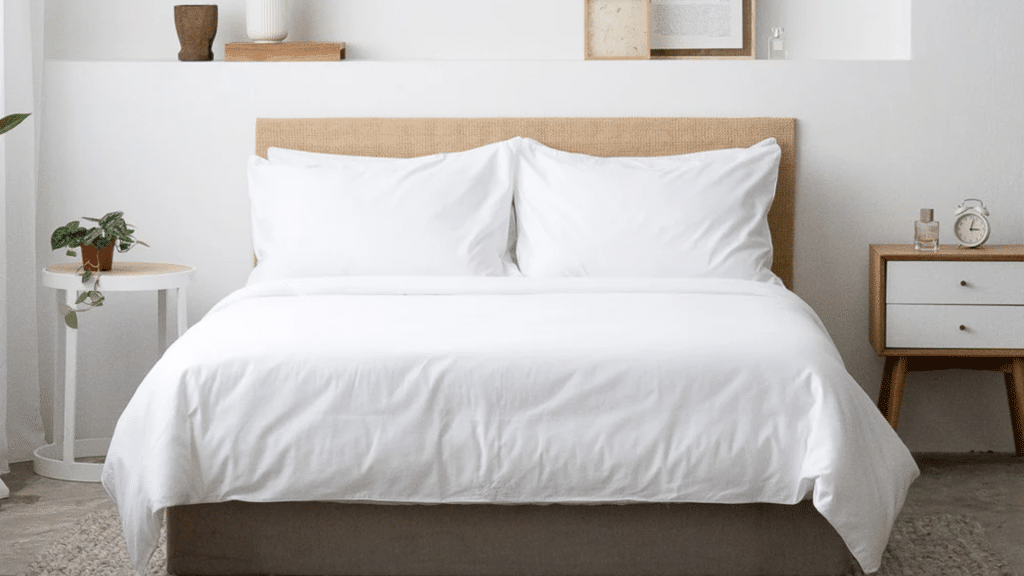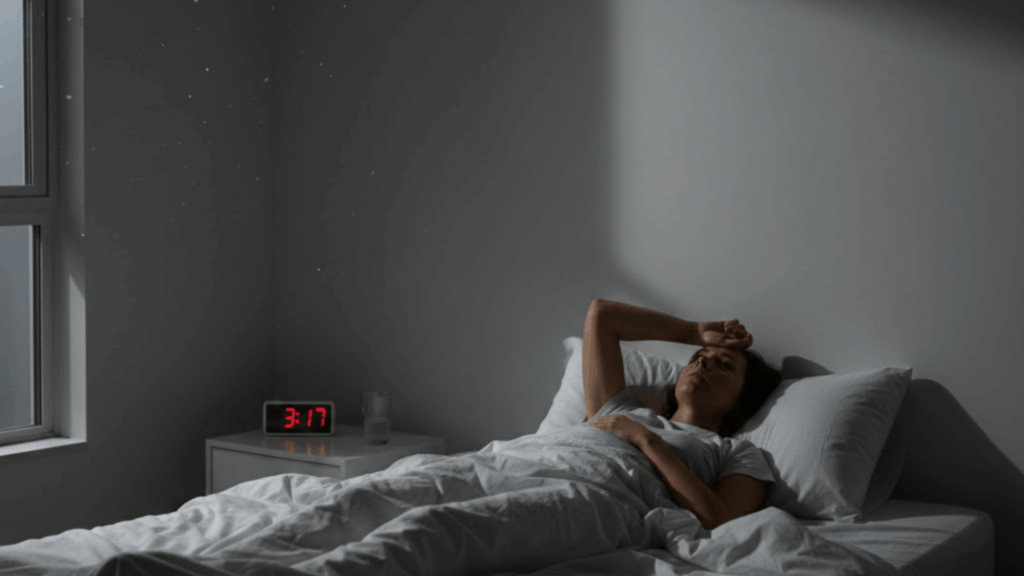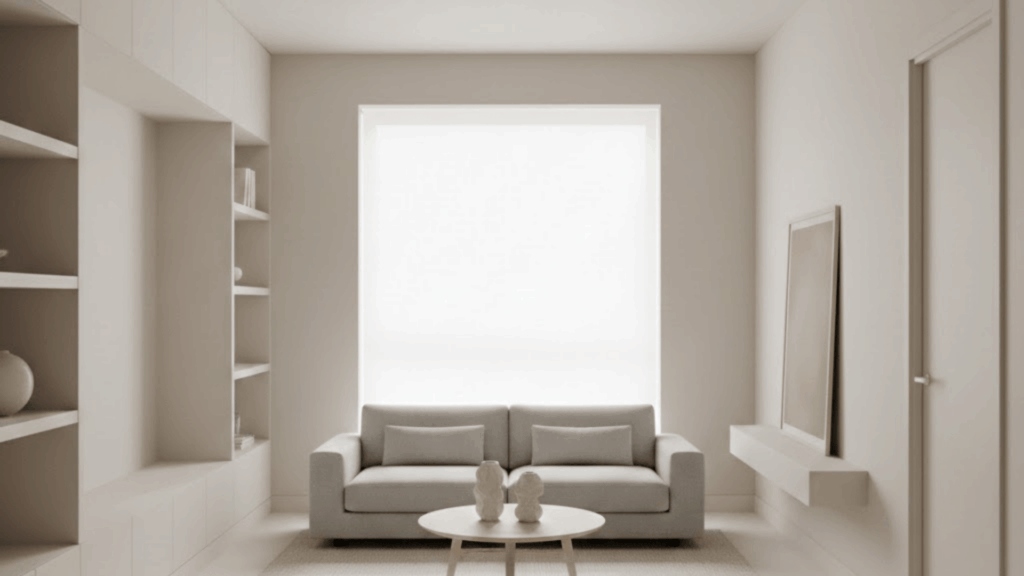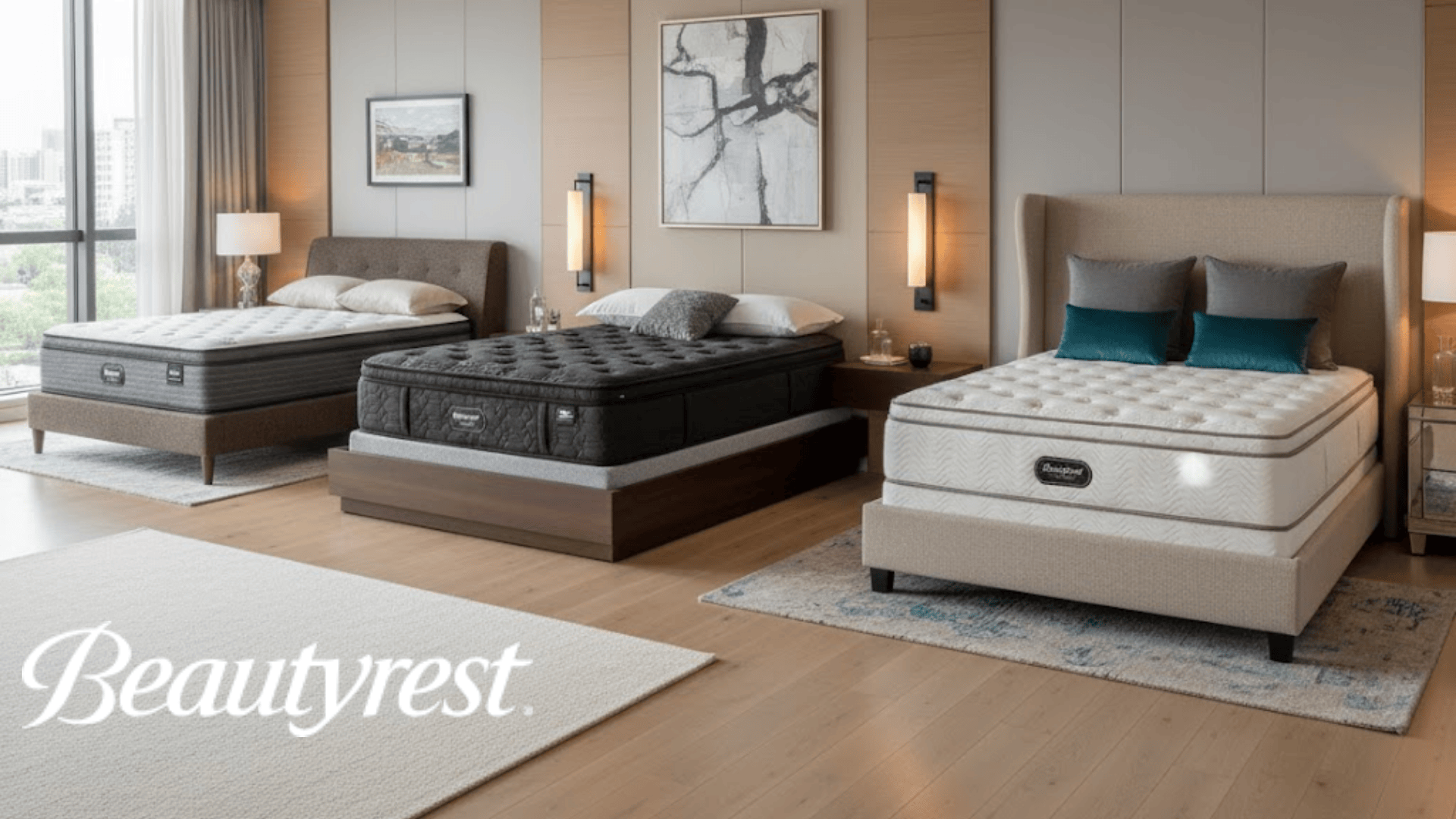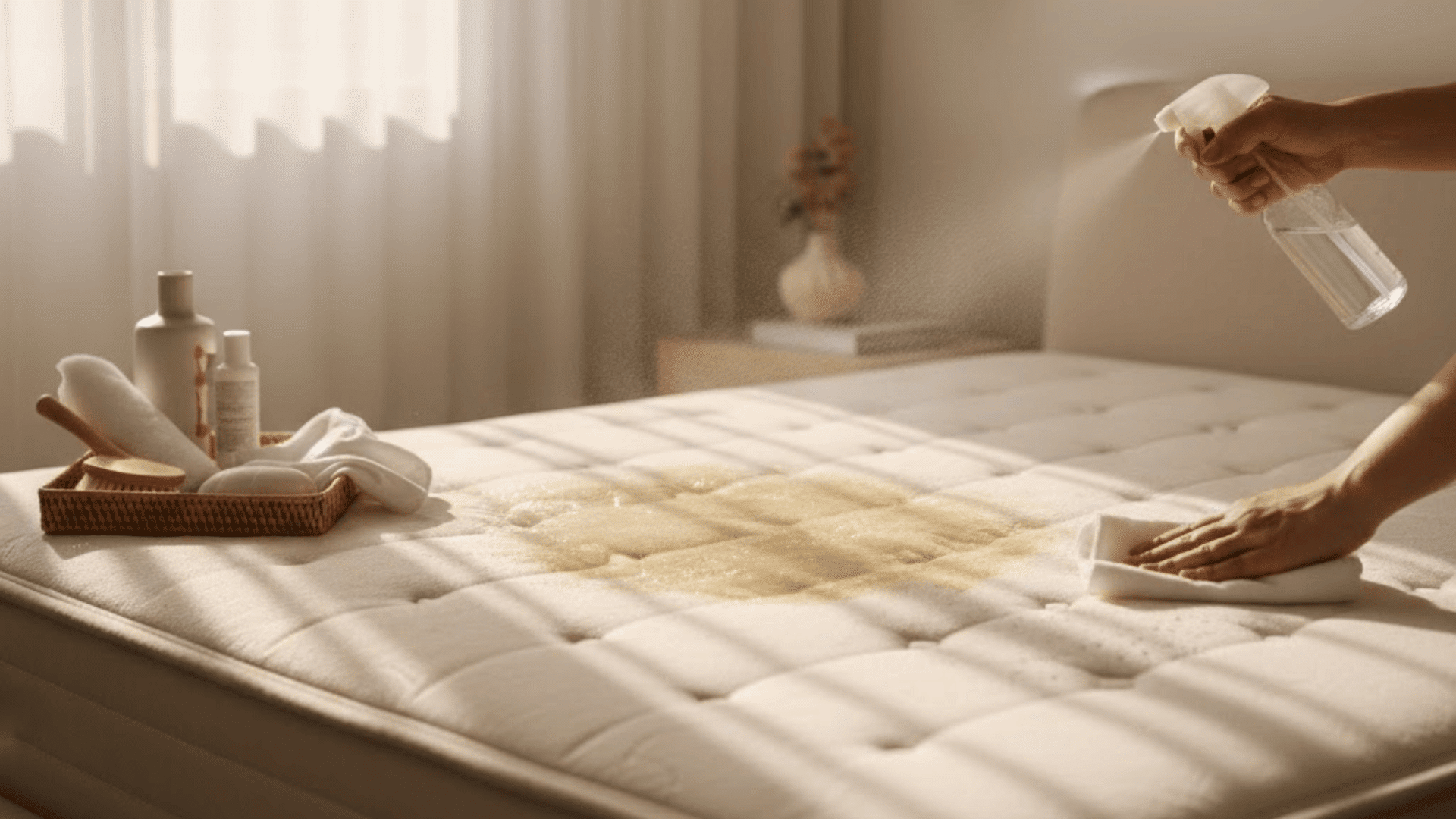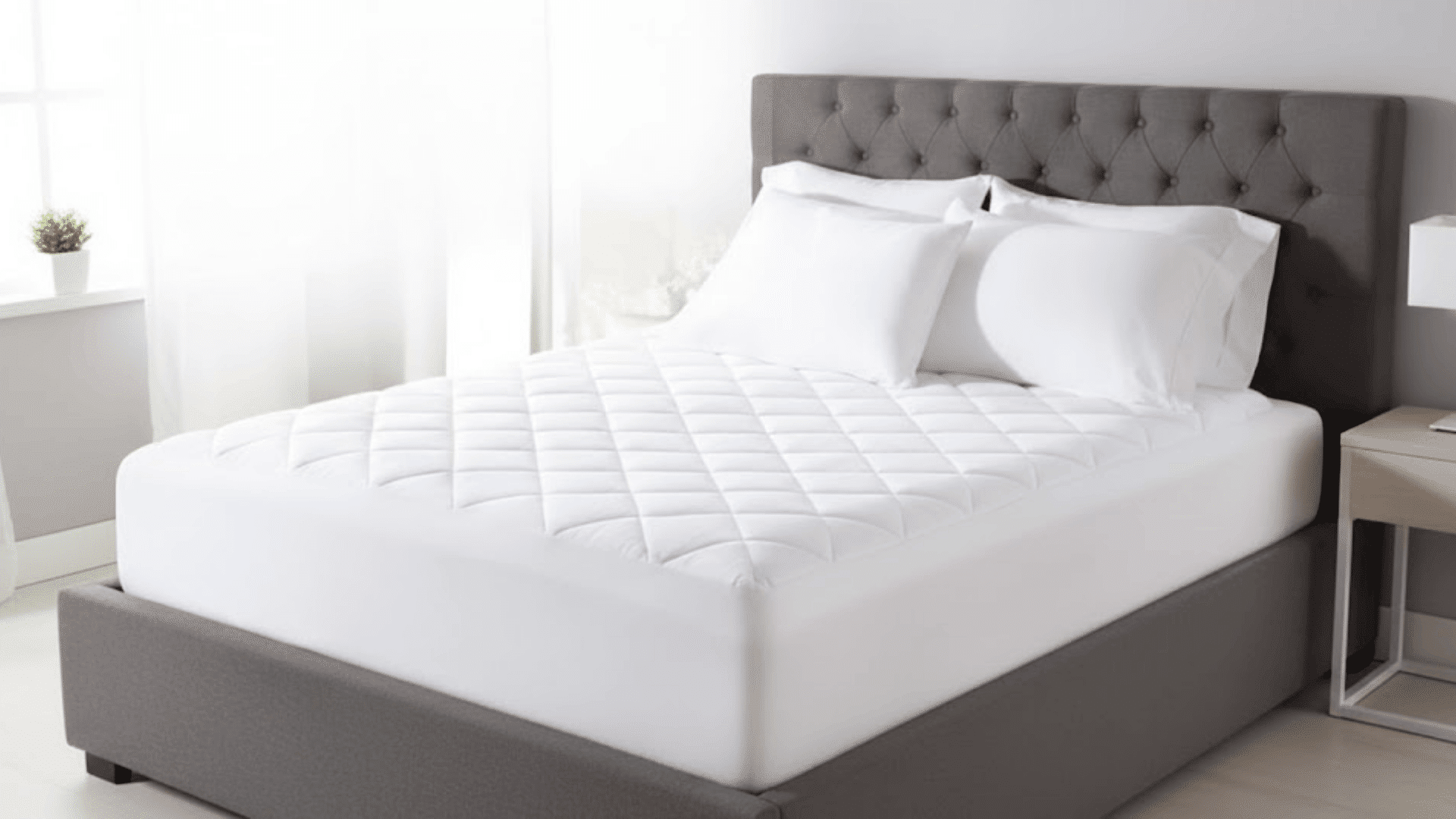Have you bought bed sheets that looked right online but didn’t fit once you got them home? I’ve been there too.
Figuring out sheet sizes can get confusing, especially with all the different labels and measurements floating around. That’s why I put together this guide to help you choose the perfect fit.
I’ll give you the full bed sheet sizes chart in cm, easy measuring tips, along with answers to common questions. If your bed is standard or oversized, I will walk you through everything you need to know.
Let’s make your next sheet purchase stress-free.
Quick Bed Sheet Sizes Chart in CM
Here’s a quick-reference chart to help you find the right sheet size for your mattress. Match both the width and depth for the best fit.
Mattress Size | Fitted Sheet Size (cm) | Flat Sheet Size (cm) | Standard Depth Range |
Twin / Single | 99 x 190 x 36 | 168 x 259 | 30–36 cm |
Full / Double | 137 x 191 x 36 | 206 x 244 | 30–36 cm |
Queen | 152 x 203 x 41 | 229 x 259 | 35–41 cm |
King | 198 x 203 x 41 | 274 x 259 | 35–41 cm |
California King | 183 x 213 x 43 | 274 x 259 | 38–43 cm |
Before you buy, always double-check both the sheet and mattress measurements to make sure everything fits just right.
If your mattress includes a topper or extra padding, consider adding a few centimeters to the fitted sheet depth.
Mattress Sizes and Matching Sheets
Not all sheets fit the same way, even if the label says they’re the right size. Use this guide to match your mattress with the best-fitting sheets:
1. Twin Mattress
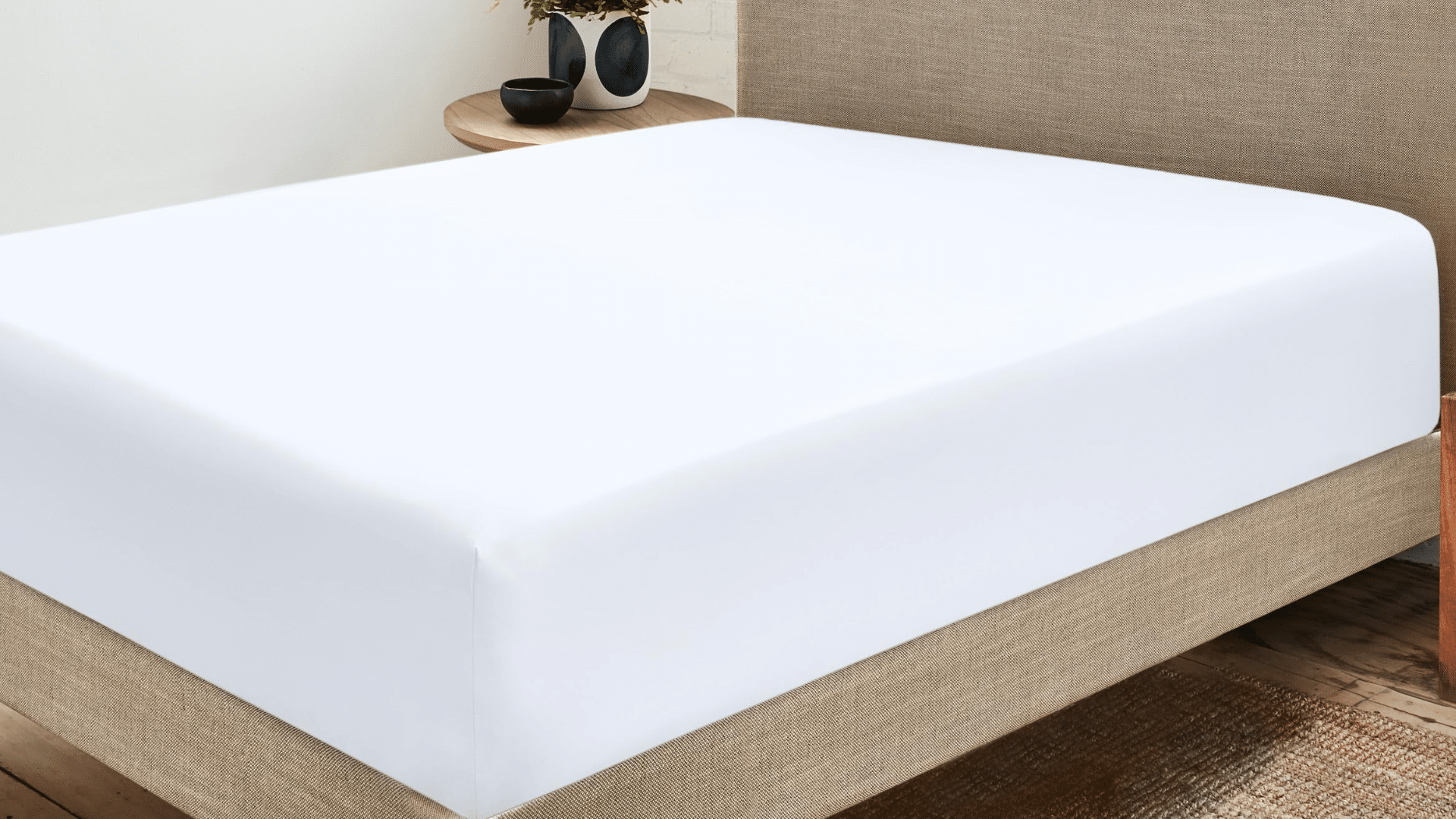
A twin mattress usually measures 99 x 190 cm. You’ll want a fitted sheet around 99 x 190 x 36 cm and a flat sheet about 168 x 259 cm.
Most standard twin mattresses fit sheets with a 30–36 cm depth. This size is standard for kids’ beds, bunk beds, or small guest rooms.
2. Full-Size Mattress

A full-size mattress is about 137 x 191 cm. Fitted sheets should measure 137 x 191 x 36 cm, while flat sheets are often 206 x 244 cm. These beds are ideal for solo sleepers or those with limited space.
Most full mattresses need sheet depths between 30 and 36 cm to stay secure throughout the night.
3. Queen Mattress

Queen mattresses are typically 152 x 203 cm. You’ll need a fitted sheet close to 152 x 203 x 41 cm and a flat sheet about 229 x 259 cm. This size is ideal for couples or anyone who enjoys more room.
The depth range for queen beds often falls between 35–41 cm, especially with padded toppers.
4. King Size Mattress

A standard king mattress measures 198 x 203 cm. The fitted sheet should be around 198 x 203 x 41 cm, and the flat sheet should be 274 x 259 cm.
It’s perfect for couples who like extra space or share the bed with pets or kids. Most king beds have a depth of 35–41 cm.
5. California King Mattress
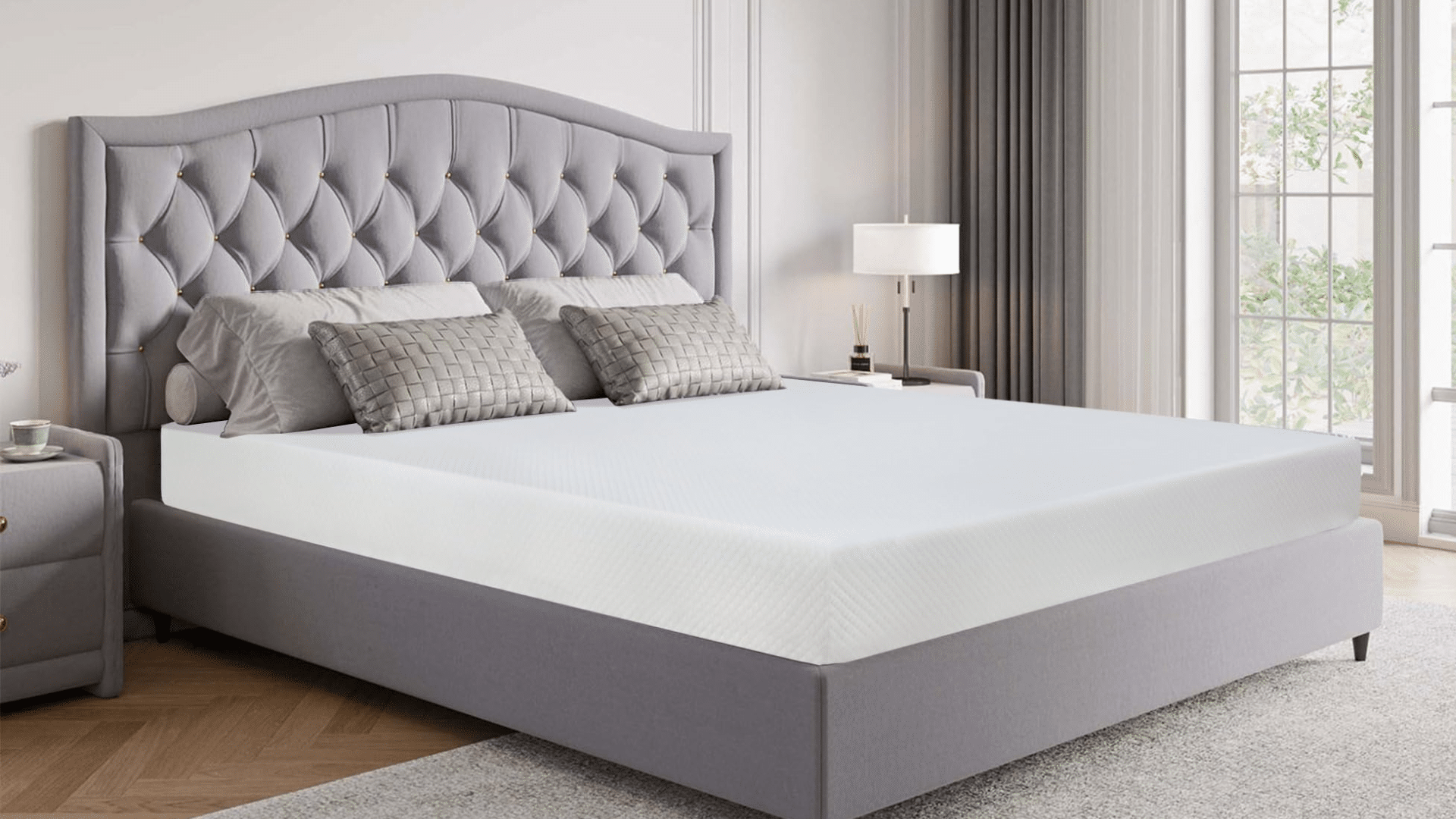
California king mattresses are about 183 x 213 cm, longer but slightly narrower than a standard king.
Use a fitted sheet sized 183 x 213 x 43 cm and a flat sheet around 274 x 259 cm. These are best for tall sleepers. Most Cal king beds need a depth range of 38–43 cm.
How to Measure Your Mattress
Measuring your mattress correctly helps you avoid returns, a poor fit, and wasted time when buying new sheets. Here’s how you can go about doing that:
Step 1: Pick a flexible tape measure marked in centimeters for more accurate and mattress-friendly measuring.
Step 2: Place the tape across the mattress from one side to the other, edge to edge, not including the bed frame.
Step 3: Start from the top edge of the mattress and measure straight down to the bottom edge.
Step 4: Measure from the bottom edge up to the very top, including any toppers, pads, or pillow tops in the total.
Step 5: If your numbers aren’t exact, always round up by 1–2 cm to ensure a better fit, especially for fitted sheets.
Once you have all three numbers, finding the correct sheet size becomes quick and stress-free.
Flat Sheets vs. Fitted Sheets
Understanding how each sheet type works helps you buy what fits best and stays in place all night.
What’s the Difference?
Fitted sheets have elastic corners that hug your mattress tightly and stay in place while you sleep. Flat sheets are loose and lie on top, adding a layer between you and the blankets.
Fitted sheets must match the mattress depth for a snug fit, while flat sheets are more forgiving in size but should still cover the full mattress with extra length and width.
Quick Measurement Tip
Getting the size right means less hassle and a better night’s sleep, especially if you move around a lot.
- Why fitted sheets need precise depth: A fitted sheet that’s too shallow won’t stay tucked. Always measure your mattress height and add padding if required.
- Why flat sheets need more overlap: Flat sheets need enough extra fabric to tuck under the mattress on all sides. Add 20–30 cm to each side for comfort.
Deep Pockets and Oversized Sheets
Thicker mattresses or added toppers can make standard sheets too tight. Here’s how to choose better-fitting options:
What Are Deep Pocket Sheets?
Deep-pocket sheets are made for mattresses taller than standard sizes, typically anything over 35–40 cm in depth.
If you use a memory foam topper, thick pad, or pillow-top layer, your fitted sheet may pop off without the extra depth. Deep-pocket sheets usually come with stretchier corners and added fabric to cover the mattress sides fully.
Always measure the full height from bottom to top, including toppers, to avoid a tight or loose fit.
Oversized & Custom Bed Solutions
If you have a non-standard mattress, like a King XL, Split Queen, or custom-cut design, regular sheets likely won’t fit. In these cases, you’ll need oversized or made-to-order sheets.
Measure carefully and order from retailers that offer exact dimensions in centimeters. Custom bedding is helpful for RV beds, antique frames, or split mattresses used with adjustable bases.
Look for them at specialty bedding stores or brands that let you enter custom sizes before checkout.
Best Practices for Storing Bed Sheets
Keeping your sheets organized makes it easier to find the correct set when you need it. Fold each set tightly and tuck it into one of its matching pillowcases for easy access.
Store sheets in a cool, dry place to prevent musty smells or moisture buildup. Avoid stacking too many sets together; this makes it hard to pull one out without creating a mess.
If space allows, use labeled bins or shelf dividers to sort by size or room. Wash and rotate your sheets regularly to keep them fresh and ready to use.
Smart Tips for Buying the Right Sheet
A few simple steps can save you time, money, and frustration when shopping for new sheets, especially online. Here’s what to keep in mind:
- Always measure your mattress depth: Don’t guess. Measure from bottom to top, including any toppers or pads, and round up for safety.
- Check for regional labeling (cm vs inches): Double-check if sizes are listed in centimeters or inches. Mixing the two can lead to major fit issues.
- Buy one size up for thick beds: If your mattress is extra deep or has a topper, go up one size or look for deep-pocket sheets.
- Test fit before washing (where possible): Make sure the sheets fit properly before washing. Some stores may not accept returns after laundering.
Taking a few extra minutes to check these details can make all the difference. The right fit means better comfort and fewer returns.
Conclusion
Now you’ve got the full breakdown of how to find sheets that actually fit your bed. You’ve seen the bed sheet sizes chart in cm, learned how to measure your mattress, and picked up tips that make shopping easier.
If you take just one thing from this, measure before you buy. It saves time, money, and frustration. Keep this chart handy next time you shop for bedding.
And if you want more helpful tips like this, check out my other home guides. There’s always something new to make everyday choices simpler.


